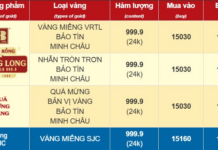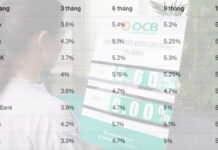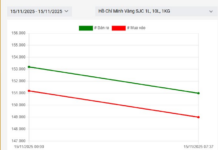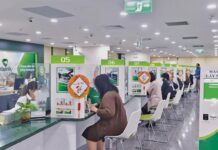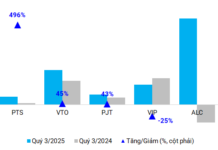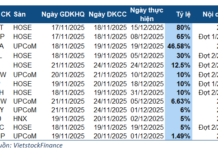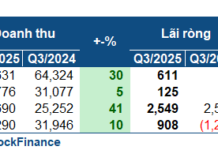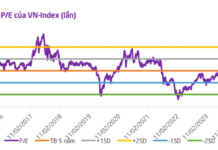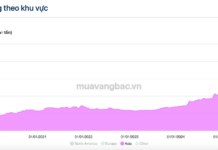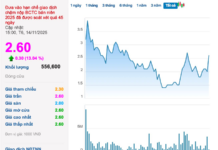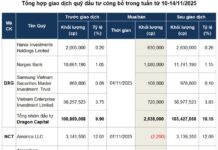At the talk show “Green Credit Development Solutions in Vietnam” held on the morning of May 29, 2024, experts evaluated the role of green credit in the economy and proposed solutions to promote green credit growth in the future.
Green credit is the foundation for building a green financial system.
 |
Prof. Dr. Le Thi Thuy Hang – Vice Dean of Finance and Banking, University of Finance and Marketing
|
Prof. Dr. Le Thi Thuy Hang – Vice Dean of Finance and Banking, University of Finance and Marketing, shared that the green economy is a coordination between the economic system and the ecological environment.
From an environmental protection perspective, there is usually a shift towards green production from the current traditional industrial economy. If non-renewable energy is used too much, the amount of emissions into the environment will be very large and cause climate change. Therefore, the green economy is an inevitable trend and also one of the five key points of sustainable development.
According to the concept of the World Environment and Development Organization, sustainable development is meeting current development needs without affecting the fulfillment of future needs.
In terms of green credit, Vietnam, as well as other developing or emerging markets, faces two main issues. First, government support funds are limited. Second, the stock market is still restricted. Therefore, the capital circulating in the economy disbursed from commercial banks is the main source. Hence, green credit is the financial basis for building a green financial system.
The green credit policy means that the bank will consider information about the project, the operation of the business, and its impact on the environment. This is one of the bases for the bank to decide whether or not to extend credit.
Overall, green credit plays a role in the economy in three aspects. First is to support the use of renewable energy. Second is to support economic activities to reduce environmental pollution and climate change. Finally, green credit is a financial foundation, aiming at green projects and sustainable development of the economy.
The proportion of green credit can be raised to 4.8-5% in the next 3 years.
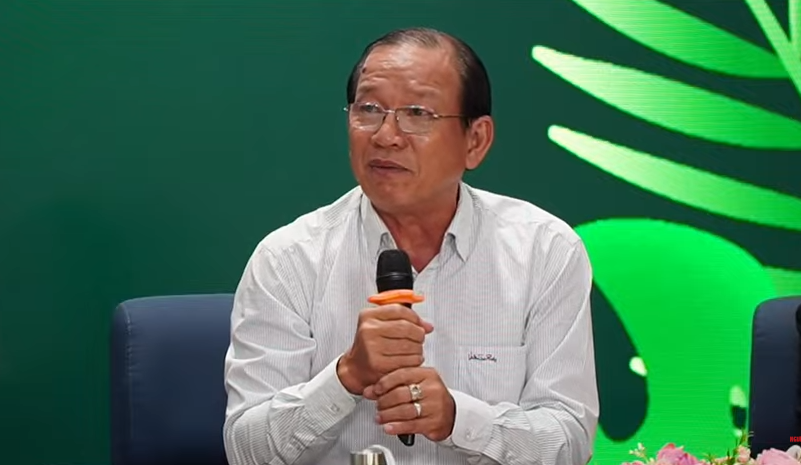 |
Mr. Nguyen Hoang Minh – Representative of the Vietnam Banks Association in Ho Chi Minh City
|
Mr. Nguyen Hoang Minh – Representative of the Vietnam Banks Association in Ho Chi Minh City shared that, in addition to Decision 403 of the Prime Minister, the State Bank of Vietnam (SBV) has also issued Directive 03 and Decision 1552… and many guiding documents to implement the scheme for the development of a green environment.
In fact, in 2018-2019, the SBV coordinated with the IFC to issue a manual to guide credit institutions on assessing environmental and social risks in 15 sectors and fields in the economy. Commercial banks have implemented this, and it is a handbook to help them identify, assess, and proactively handle risks in implementing green programs.
According to SBV statistics, as of March 31, 2024, there were 47 credit institutions with outstanding loans of nearly VND 637 trillion, accounting for 4.5% of the total outstanding loans of the whole economy. Compared to the end of 2015, when the green credit program was first implemented, the outstanding balance was VND 71 trillion. After 9 years, the outstanding balance for the green program has increased by 9 times, averaging 100% per year. If compared to the average outstanding balance of the whole economy, green credit has increased 7 times.
Of the VND 637 billion in green credit, VND 77% was allocated for medium and long-term credit, including VND 32% for green agriculture, VND 47% for renewable energy, VND 11% for clean water for urban and rural areas, and the rest for forestry. Mr. Nguyen Hoang Minh assessed that this credit structure is reasonable in the context of Vietnam in general and Ho Chi Minh City in particular.
With the current trend, Mr. Minh believes that in the next 3 years, the proportion of green credit can increase to 4.8-5% of the total credit of the whole economy.
Banks should build post-disbursement criteria.
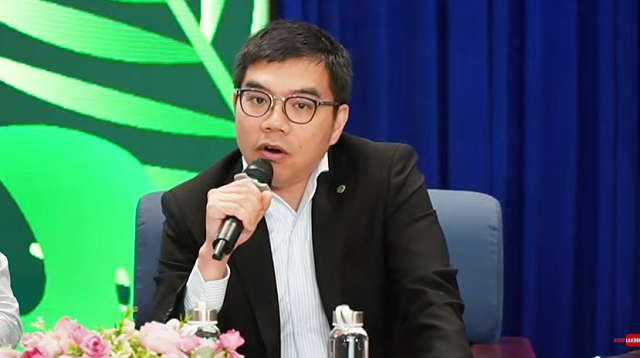 |
Mr. Ngo Binh Nguyen – Strategy Director of OCB
|
From a banking perspective, Mr. Ngo Binh Nguyen – Strategy Director of Orient Commercial Joint Stock Bank (OCB) said that recently, corporate customers have also shared their desire to move towards sustainable development based on ESG standards, ensuring that they meet the requirements of partners, especially international ones. Enterprises exporting goods to foreign markets such as the US and Europe must meet green standards, ensure labor, and gender equality…
In Vietnam, there has long been orientation from the Government and the SBV, but there is a lack of guidance framework for implementation. OCB approached the issue through its strategic partners with international experience such as the IFC, and then built its own policy framework on sustainable development, green lending, environmental protection, and solutions and products targeting focused customer segments such as real estate companies with a focus on green projects, social housing, renewable energy projects, offshore wind and solar power, and agriculture…
Prof. Dr. Le Thi Thuy Hang added that banks should build post-disbursement criteria. If a business does not direct the borrowed capital to the right green project, the bank may consider stopping lending to new projects or shortening the loan term.
Cat Lam






